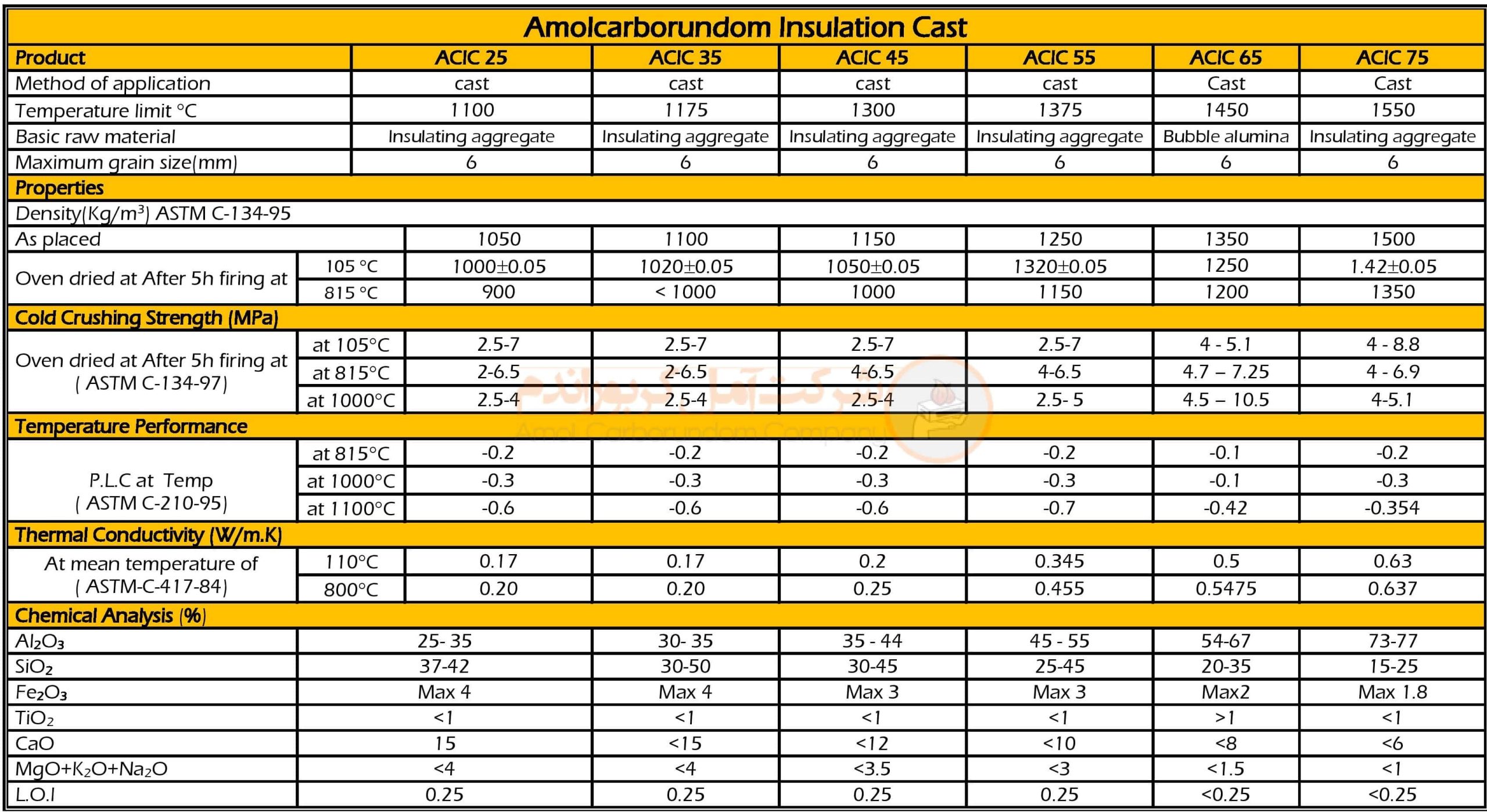Lightweight fireproof and insulating mass
Lightweight Insulating Concrete (LWIC) is a material used as insulation. This material is also used to protect sloping roofs. The largest application of this mass is as a roof base and thermal insulation for industrial and commercial buildings with low sloping roofs.
Lightweight and insulating refractory structure
LWICs are a combination of components, each with a specific function. Substrate, lightweight insulated concrete and molded polystyrene (MEPS) form a LWIC system. The substrate of this structure may be galvanized metal cladding (preferably with a low slit), structural concrete (cast on site or pre-cast), or a sound roofing membrane. The function of cement in LWIC is to connect the components together and create strength. The cement used in LWIC is Portland cement.
Design Principles
The basis of LWIC system design is encapsulation of MEPS insulation with lightweight insulation concrete. In all designs, a layer of insulating concrete is applied to the substrate, commonly referred to as a slurry coating. In most cases, MEPS boards are embedded in this first layer.
The thickness of the MEPS board is stepped to create a positive slope to the drain. The slope is created primarily by placing the step thickness of the eps board embedded in the concrete slurry. Changing the thickness of the upper LWIC coating creates the final positive slope.
Finally, a layer of lightweight and insulating refractory mass is applied to create a seamless monolithic surface to implement the roof membrane.
LWIC has been in use for over 60 years. LWIC systems provide the designer with versatile tools for providing a slope to drainage. Their high compressive strength and dimensional stability provide support for the roof membrane system and minimize stresses on the membrane due to dimensional motion. Thermal stresses due to temperature changes are also reduced due to the mass of LWIC.
Lightweight and insulating refractory applications
- Insulation of low slope roofs
- Keep roofs and enclosures fresh to maintain insulation
- Low thermal conductivity
- Fire and flame retardant
See also: Heavy refractory mass
Technical Specifications




